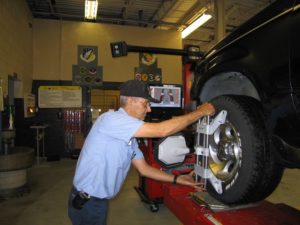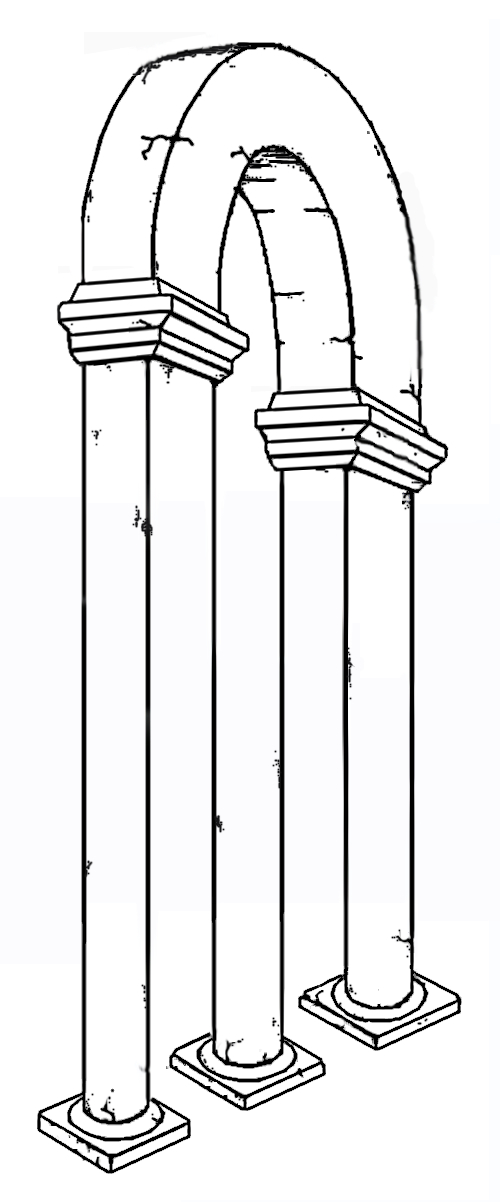Although I currently teach mostly “lower-division” university courses, I have directed programs in university education, advising undergraduates pursuing a major or minor and directing a graduate program. I have also been involved in the design and implementation of multiple graduate programs generally in the humanities and specifically in theoretical linguistics. In this context during the early 2000s, I taught a capstone course that primarily served a linguistics program. In the course, taught every spring, I taught primarily graduating 4th-year linguistics majors with a few philosophy majors. About a third of the class was graduate students in applied linguistics. During the course introduction in the first week’s (three-hour) class, I presented how to quickly discern an author’s main point and key supporting ideas in an academic article. This was a “hands-on” session that gave students practice at key skills in study they would use during the remainder of the course. Selecting and quoting or paraphrasing these key ideas was modelled, along with proper citation expectations.
Also during this introductory class, students would form into study groups of four or five students per group. They would be presented with a list of some 40 authors that would be read during the course. Each student was expected to read work written by an author each week during the course with 1/3 of the authors from the list read by each student during the course. During the first week of the course, students in each study group would pick an author from their choice of three for each week of the course. For example, at the second weekly class, students would have read Frege, Whorf, or Quine concerning their view of what language is. At the third class meeting, students would have read Austin, Searle, or Grice concerning the nature of human communication. By the fourth week, authors were Kuhn, Pepper, and Devlin and the topic was the nature of scientific progress. Obviously, in groups of four or five there would be multiple readers of the same author, but their would also be a significant part of each study group that would not have read the author, so readers of Frege or Grice would have to explain to the others in their study group what key ideas each author had provided to answer the week’s main question.
Course topics were aligned with authors, such that each of four authors had written significant text on the subject matter to be discussed at that week’s class. Groups were told they needed to insure all authors for each week had been studied by at least one member of their group. Each week, I would have students meet initially in their groups to review the work of each of the authors for that week (first hour). Then, I would have the readers of each author meet together in a sort of mega-group to discuss the author they had all read (second hour). Groups during this hour were generally between ten and fifteen students per group. Their task as they met together was to decide key material and create a presentation for the whole class to help us all understand the contribution of that author to our overall considerations of the nature of language and communication. Since we were meeting within the same room, discussions created a happy bedlam during that second hour. The third hour was devoted to presentations from each “team” who had read the same author during the week. Each team had 10 minutes to present to the whole class, so choices had to be made quickly during the second hour of what to include and what to leave alone.
During the course, students would consolidate ideas about the nature of understanding, language, science, meaning, communication, translation, identity, and so on, picking and choosing concepts and principles that would allow them to build a research essay reflecting their own emerging understanding of the nature of these topics and their inter-relationship.
Why was this an effective practice?
One reason this practice was so effective was that each student had their group depending upon them. If work was neglected between class meetings, the group was let down. Also, each student had something to bring that no one else could provide. They were allowed to bring their unique contribution to their study group and see how it aligned (or contrasted) with the work of other authors.
Then, too, the groups where everyone had read the same authors provided a means for each student to check their understanding with peers who had also read the same author. Different understandings could be compared and readings reviewed for accuracy and coverage.
Finally, the group presentation to the whole class increased all our knowledge concerning the authors and the topic for the week. I came away from each class meeting aware of some new perspective on each author that I had not noticed before.
What are some of the key ingredients?
I believe a key element of this approach to learning was the trust placed in students to do the assigned work each week. It was obviously a key component of the class composition that these were more experienced students who were highly motivated and capable of processing difficult readings well.
Without exception, students did not trust themselves (or each other) to do reliable and competent work, but over the weeks they came to respect each other’s capabilities and talents for both study and presentation.
what changes would improve the experience?
I have used this approach in more basic areas of study (for example, in a beginning linguistics course on grammatical analysis), but I would like to extend the method across more academic disciplines. I would also like to apply it in classes where students are less experienced and less motivated to find simpler work for students to collaborate on. If I could find a way to make this approach productive earlier in students’ academic careers, I believe it would lead to much more independent study skills, as well as demonstrating the benefits to be gained by the formation of study groups early on in a student’s program.


